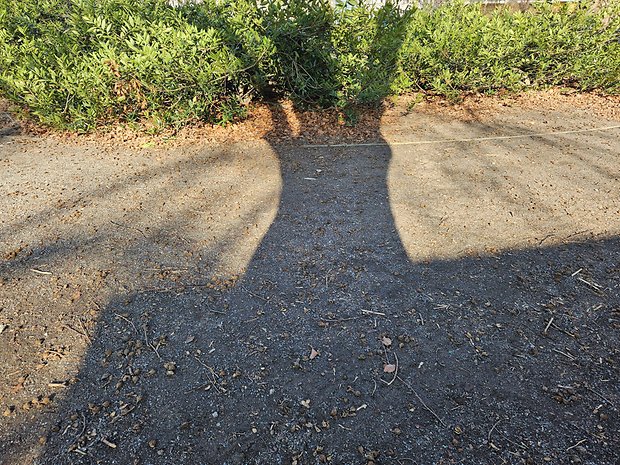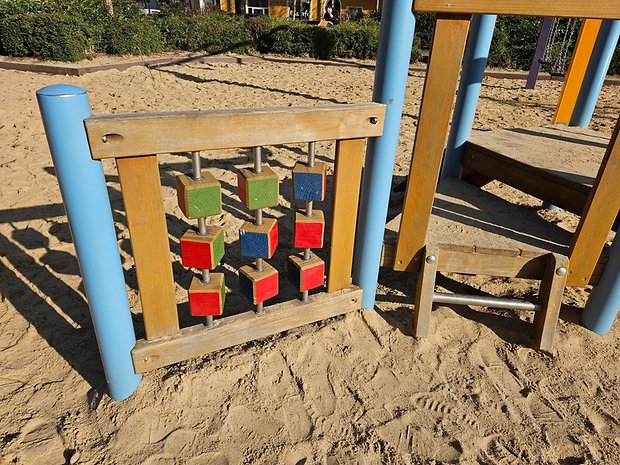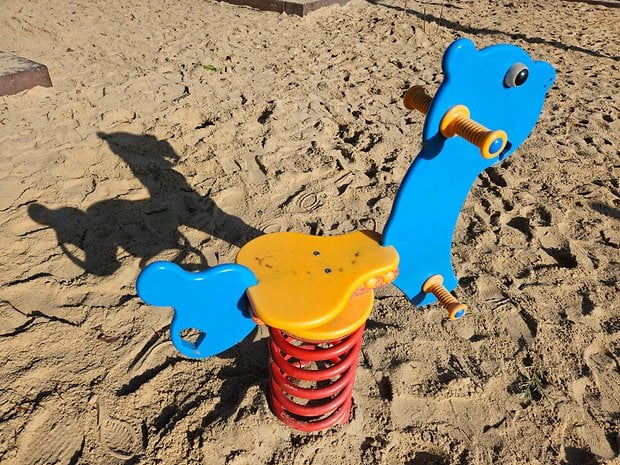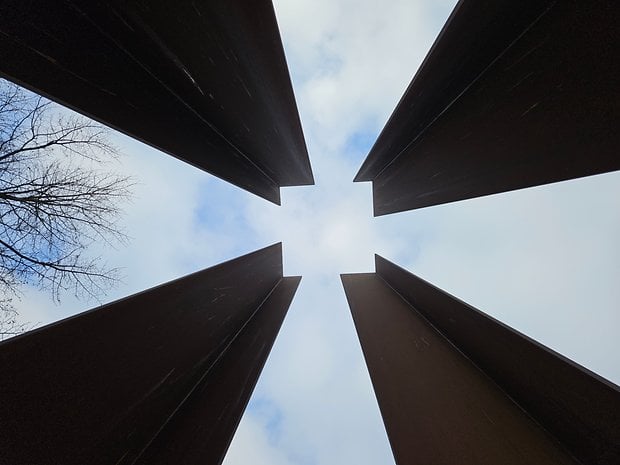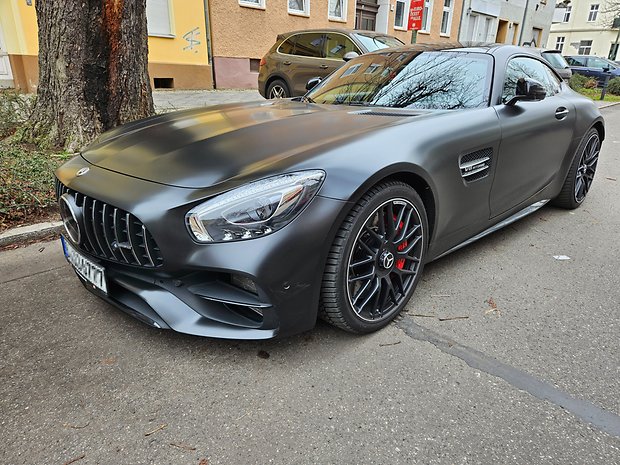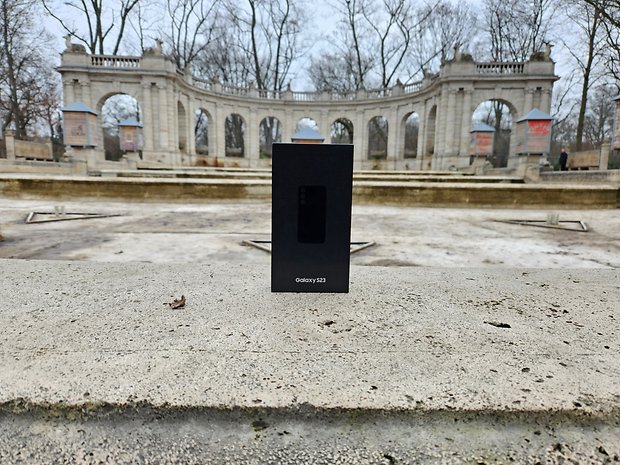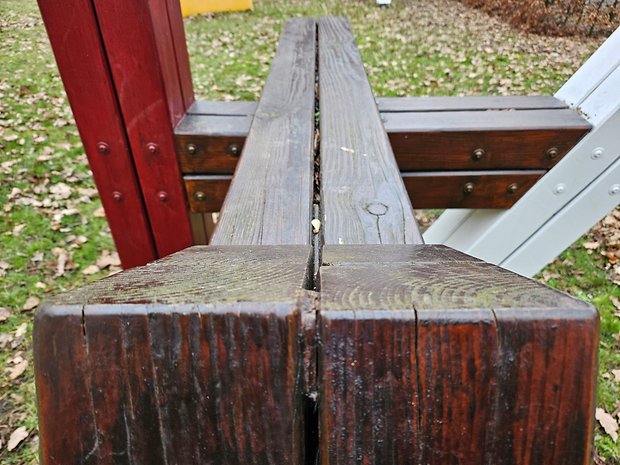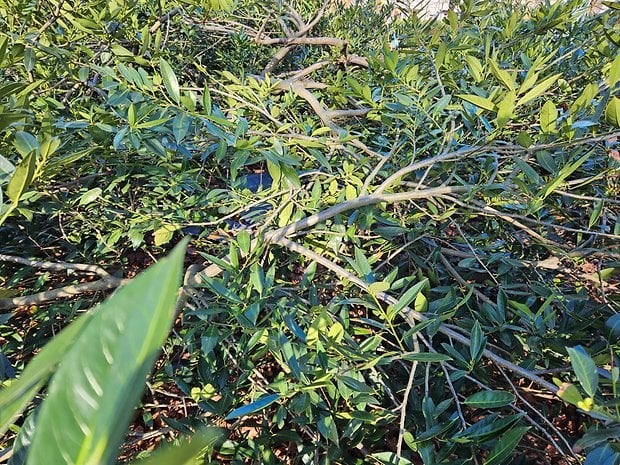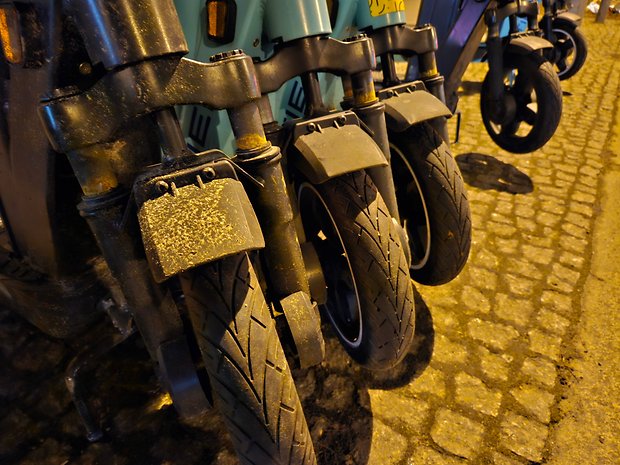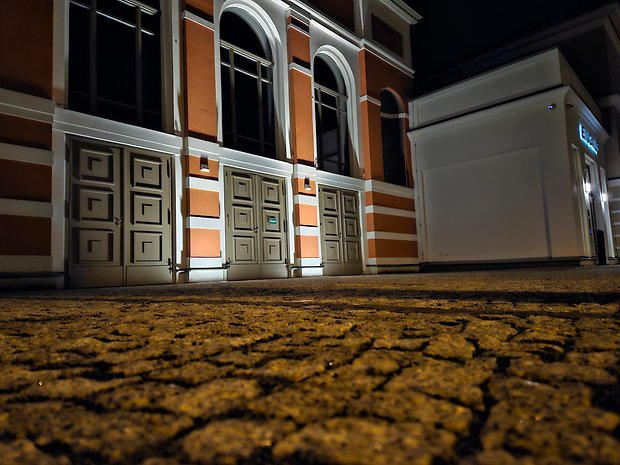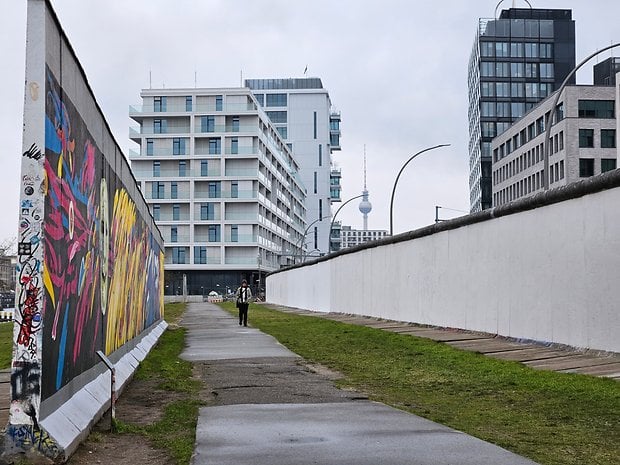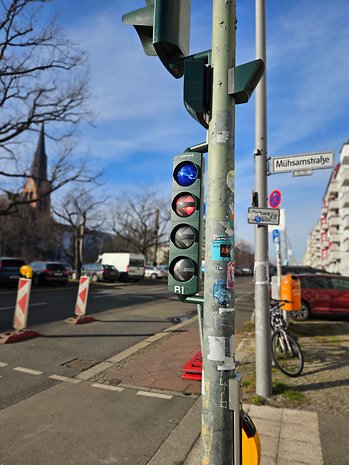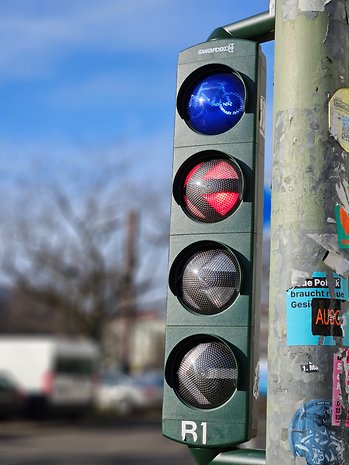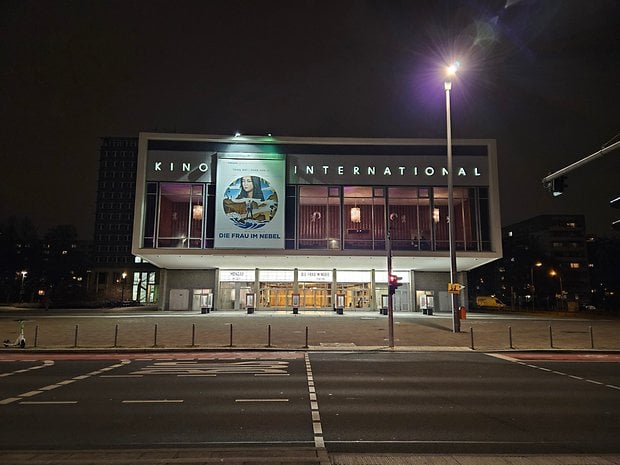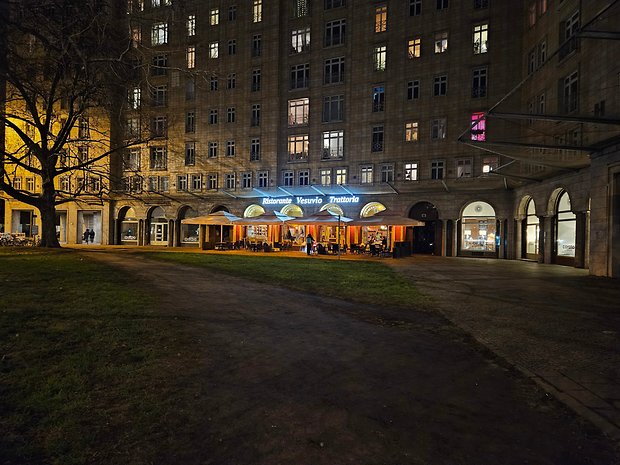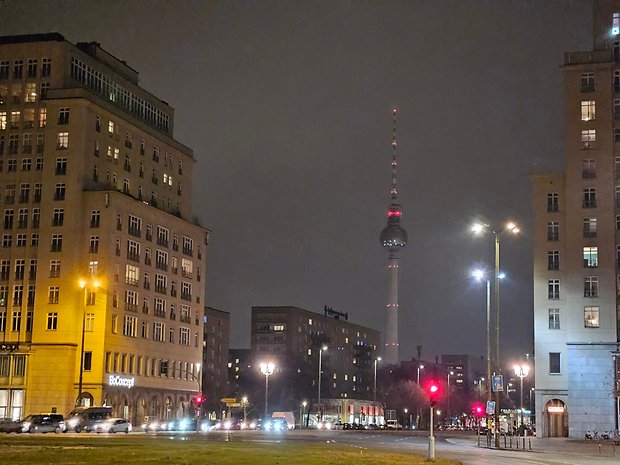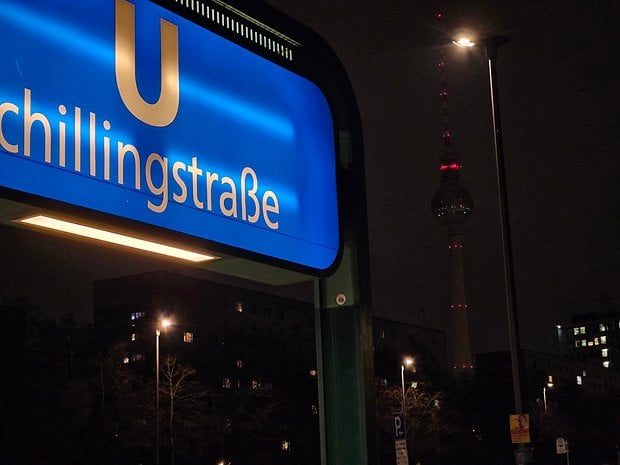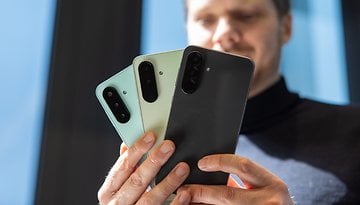Samsung Galaxy S22(+) vs S23(+) compared: What's new in 2023?
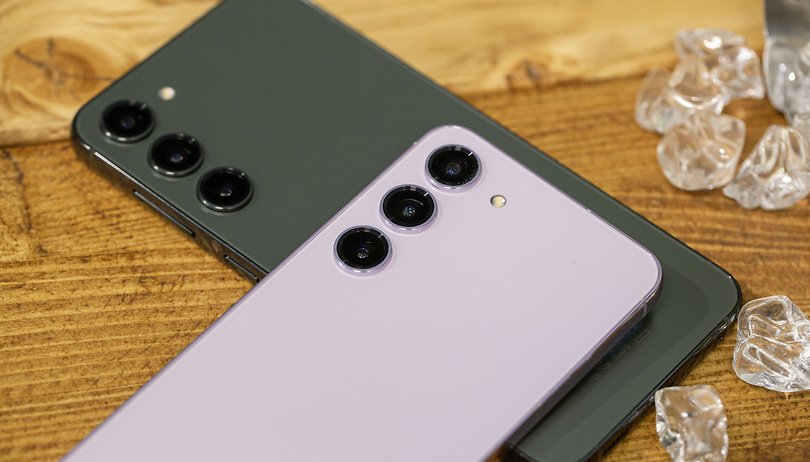

With the Galaxy S23, a smartphone from Samsung's S range this year costs at least $799, which meant it remains the same as its predecessor, the Galaxy S22. Of course, for those living outside of the US (in Europe especially), the price of the vanilla Galaxy S23 has increased by 100 Euros. The Plus model S23+ also retained its MSRP of $999. The question remains - is it worth picking up last year's model instead of the newly introduced handsets? NextPit compared the Galaxy S23(+) vs. S22(+) and reveal the most important differences.
Technical specifications compared: Samsung Galaxy S23 vs. Galaxy S22
| 2022 models | 2023 models | |||
|---|---|---|---|---|
| Product | ||||
| Picture |

|

|

|
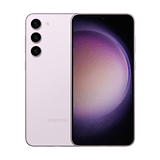
|
| Design | Aluminum case | Gorilla Glass Victus+ front and back IP68 | Flat display |
Aluminum body | Gorilla Glass Victus 2 front and back IP68 | Flat display |
||
| Display | AMOLED 6.1 inch Full HD+ (2,340 × 1,080 pixels) 120 Hz refresh rate |
AMOLED 6.6 inch Full-HD+ (2,340 × 1,080 pixels) Refresh rate 120 Hz |
AMOLED 6.1 inch Full-HD+ (2,340 × 1,080 pixels) Refresh rate 120 Hz |
AMOLED 6.6 inch Full-HD+ (2,340 × 1,080 pixels) refresh rate 120 Hz |
| Memory | 8 GB RAM LPDDR5X 128 GB / 256 GB (both UFS 3.1) |
8 GB RAM LPDDR5X 128 GB / 256 GB (both UFS 3.1) |
8 GB RAM LPDDR5X 128 GB (UFS3.1) / 256 GB (UFS 4.0) |
8 GB RAM LPDDR5X 256 GB / 512 GB (both UFS 4.0) |
| CPU / GPU | Snapdragon 8 Gen 1 (4 nm) GPU: Adreno (Exynos 2200 in Europe) |
Snapdragon 8 Gen 2 (4 nm) GPU: Adreno 740 |
||
| Camera | Main camera: 50 MP | f/1.8 | OIS Ultra-wide angle: 12 MP | f/2.2 Telephoto 3x: 10 MP | f/2.4 Selfie camera: 10 MP | f/2.2 |
Main camera: 50 MP | f/1.8 | OIS Ultra-wide angle: 12 MP | f/2.2 Telephoto 3x: 10 MP | f/2.4 Selfie camera: 12 MP | f/2.2 |
||
| Video | 8K @ 24 FPS | 8K @ 30 FPS | ||
| OS | One UI 5.1 based on Android 13 (via update) 3 more years of OS updates still 4 years of security patches |
One UI 5.1 based on Android 13 4 years OS updates 5 years of security patches |
||
| Battery | 3,700 mAh 25 W wired charging 15 W wireless charging 5 W reverse wireless charging Charger not included |
4,500 mAh 45 W wired charging 15 W wireless charging 5 W reverse wireless charging Charger not included |
3,900 mAh 25 W wired charging 15 W wireless charging 5 W reverse wireless charging Charger not included |
4,700 mAh 45 W wired charging 15 W wireless charging 5 W reverse wireless charging Charger not included |
| Dimensions & Weight | 146.0 × 70.6 × 7.6 mm 167 g |
157,4 × 75,8 × 7,6 195 g |
146.3 × 70.9 × 7.6 mm 168 g |
157.8 × 76.2 × 7.6 mm 195 g |
| Connectivity | 5G, Wi-Fi 6E, Bluetooth 5.3 | 5G, Wi-Fi 6E, Bluetooth 5.3, UWB | 5G, Wi-Fi 6E, Bluetooth 5.3 | 5G, Wi-Fi 6E, Bluetooth 5.3, UWB |
| Good |
|
|
|
|
| Bad |
|
|
|
|
| Rating |
|
|
|
|
| Offers* | ||||
The S23 series has been extensively tested in the NextPit editorial team by now, so we have adapted this article accordingly and incorporated our findings from the test reports into this comparison with last year's models.
Table of content:
- Display and design
- Performance and connectivity
- Cameras and image quality
- Software and updates
- Battery and Quick-Charging
- Pricing and availability
- Conclusion
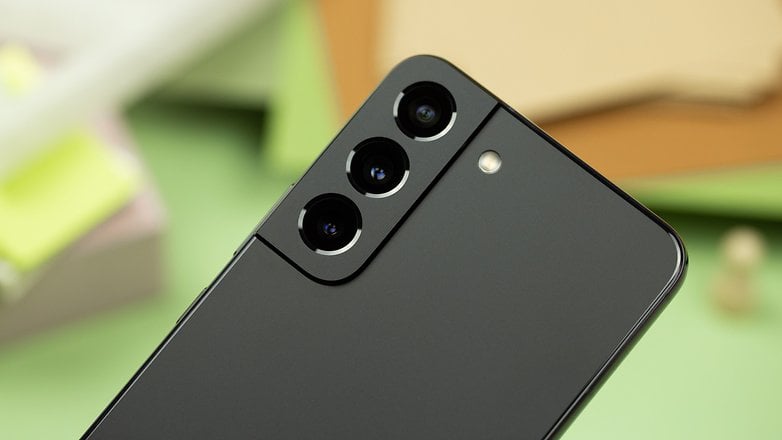
Design and display
With the Galaxy S23 and S23+, Samsung has taken a step towards Ultra territory in terms of design. The camera island in the upper left corner of the S22 and S22+ has disappeared completely. Instead, the camera lenses are now integrated individually into the back of the 2023 smartphone. Samsung already introduced this design language in the 2022 Galaxy S22 Ultra.
What remained the same, however, is the mixture of a matte back and also matching in color, a glossy aluminum frame around the case. This looks chic, but the glossy frame is very susceptible to fingerprints. Another new feature in 2023 is that all S23 models are available in the same four colors: black, green, lavender, and cream. Other colors that are available exclusively in the Samsung store would include graphite, sky blue, lime green, and red.
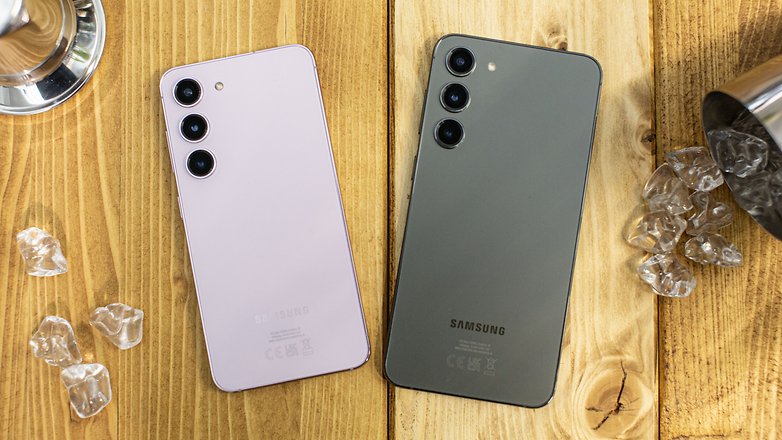
There has been virtually no change in the AMOLED panels. The basic model has a size that measures 6.1-inches across diagonally, while the Plus version measures 6.6-inches. The screen resolution stands at Full HD+ with 2,340 × 1,080 pixels across all devices, and the maximum refresh rate is 120 Hz. Dynamic throttling down to 1 Hz via LTPO 2.0 is still reserved for the Ultra series in 2023. In what is at least a small step forward: The S23 and S23+ displays are now protected with Gorilla Glass Victus 2, while the S22 and S22+ "only" had Victus+.
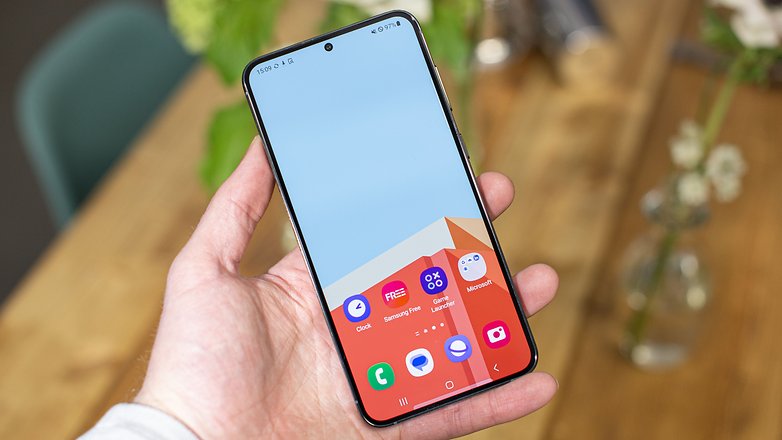
Performance and connectivity
In 2023, hell had apparently frozen over and pigs have learned to fly. Samsung now relies on a Qualcomm SoC instead of the much-criticized in-house Exynos chips in Europe. Samsung replaced the Exynos 2200 from the S22 series with a Snapdragon 8 Gen 2 "for Galaxy" in the Galaxy S23 and S23+. Thanks to an overclocked performance core, this is supposed to deliver even more performance than the normal 8 Gen 2.
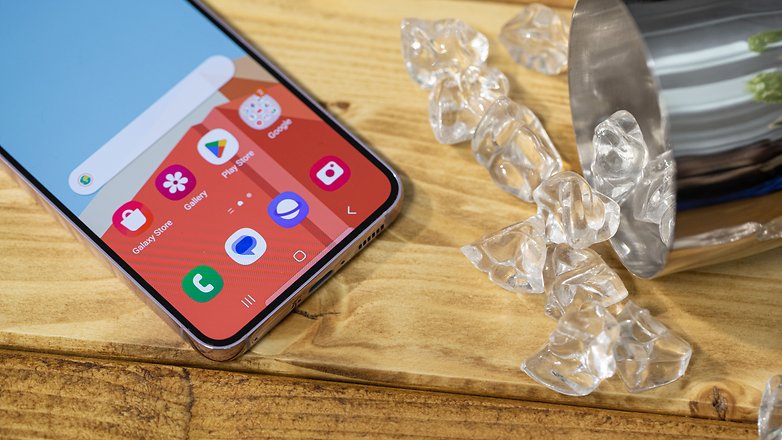
Samsung placed the performance gain compared to its predecessor, the S22, at 34% in terms of CPU performance and 41% in terms of GPU performance for the Galaxy S23 and S23+. Like the S22(+), the S23 and S23+ come with 8 GB of LPDDR5X working memory across all storage variants. We will definitely benchmark the S23 diligently in the coming week and put Samsung's specifications to the sword. Too bad: UWB is only available for the Plus model in 2023. What has changed due to the SoC change can be seen in the following table, which we have fed with the results from our benchmark tests.
| Galaxy S22 | Galaxy S22+ | Galaxy S23 | Galaxy S23+ | |
|---|---|---|---|---|
| SoC |
|
|
||
| 3DMark Wild Life |
|
|
|
|
| 3DMark Wild Life stress test |
|
|
|
|
| Geekbench 5 |
|
|
|
|
Thermal throttling in the S22 lineup cut into the graphics performance of the devices—a trend that we observe similarly in the S23 models. However, Samsung has hit the sweet spot between performance and heat development a bit better in the latter model. However, it is worth mentioning that Matt noticed a noticeable increase in temperature when testing the S22 in the base version. Nevertheless, the new devices clearly outperform their predecessors in terms of performance.
While the storage options of the S23 remained the same with 128 and 256 GB, the S23+ gets an update to 256 and 512 GB storage - which would also explain the larger price jump compared to the base model. One more important note to take of: While all S23 models with 256 and 512 GB rely on the fast UFS 4.0 storage, the 128 GB model of the S23 still uses the older UFS 3.1 storage standard. Therefore, Samsung's pre-order promotion linked below is twice as worthwhile, in the truest sense of the word.
Cameras and picture quality
The cameras in the comparison between the S22 vs. S23 can be depicted in one sentence: at least as far as the technical specifications are concerned, the selfie cameras now offer 12 MP resolution. We do not yet have technical data about the image sensors used. However, Samsung assured us at the event for the Galaxy S23 series that the larger image sensor provides a larger leap in image quality than the two additional megapixels would suggest. Our tests confirm Samsung's hint.
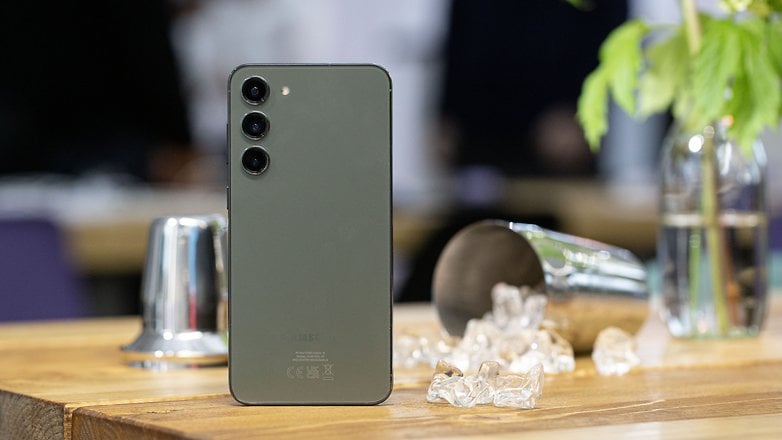
But it's not just the selfie cam that has evolved since 2022—even if it looks like that on the spec sheet: The main camera still has a resolution of 50 MP, plus a 12 MP ultra-wide angle camera and a triple telephoto camera at 10 MP. The big leap in resolution to 200 MP is unfortunately reserved for the Galaxy S23 Ultra (review). At least you can now film 8K videos at 30 fps instead of only 24 fps in the S23 and S23+.
Sample photos of the Galaxy S23
According to our tests, the almost identical camera arrays still result in better photos than last year's devices. This applies to photos in daylight as well as artificial light. Samsung does not turn the camera performance completely inside out in the S23 and S23+, but it improves it, which benefits night photography, among other things.
Example photos of the Galaxy S23+
There are also a few new features on board: with the introduction of astrophotography (Hyperlapse), the now integrated Expert RAW function that creates photos at 50 MP and the "Image Clipper" function that removes backgrounds from photos and videos, the cameras of the current Galaxy generation have learned a few new tricks.
Software and updates
Samsung is an absolute nerd when it comes to Android updates. Both the Galaxy S22 series and the Galaxy S23 series receive four major Android updates and five years of security patches - at least. Accordingly, the S23 would still receive the update to Android 17 in 2027 - and the last software update in 2028.
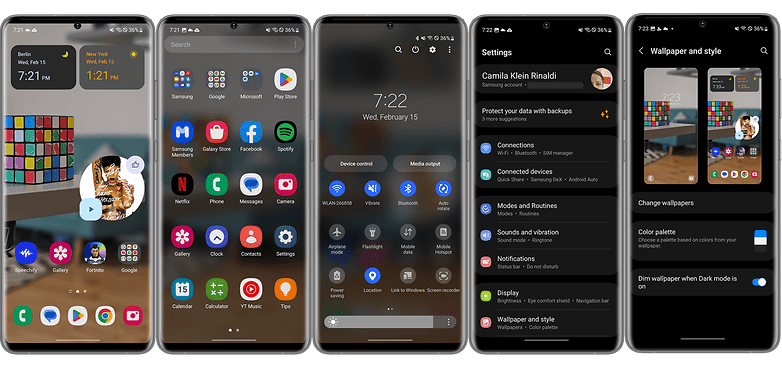
Of course, Samsung promised various improvements in the camera algorithms and has added many new camera modes to take advantage of. For example, there's a new night portrait selfie mode or an astrophotography mode, which is supposed to take great-looking pictures of the night sky with ultra-long recording times.
- Read also: The complete One UI 5 review
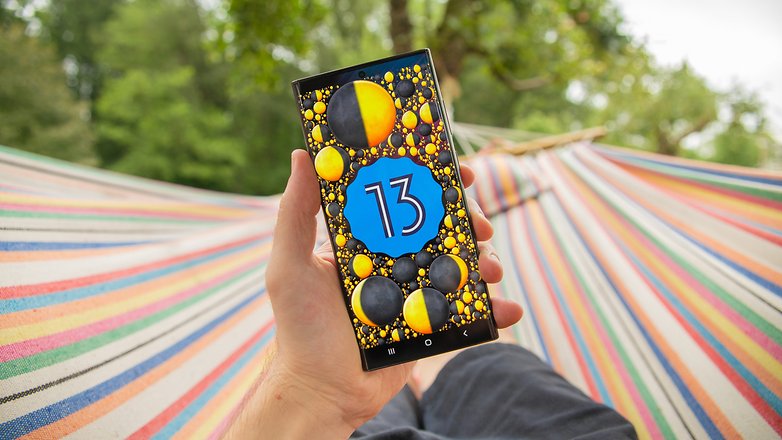
If you are considering picking up the now much cheaper S22 or S22+, then this means that major Android updates for those handsets will "already" end in 2026, and security patches will "only" be available until 2027. Compared to the update policy of other Android manufacturers, however, the S22 is still be top-notch in 2023.
- More on Android updates: These Samsung smartphones will receive the update to Android 13 or OneUI 5.0.
Battery and quick-charging
Battery life was one of the biggest points of criticism in our review of the Galaxy S22 - especially since the basic version not only offers a rather mediocre battery life, but also charges at "only" 25 watts. The battery runtime of the S22+ was much better in the review, but that is no big surprise considering the 4,500 versus 3,700 mAh. Samsung added 200 mAh to the battery of the Galaxy S23 series. Thus, the S23 has 3,900 mAh with the S23+ at 4,700 mAh. Still!
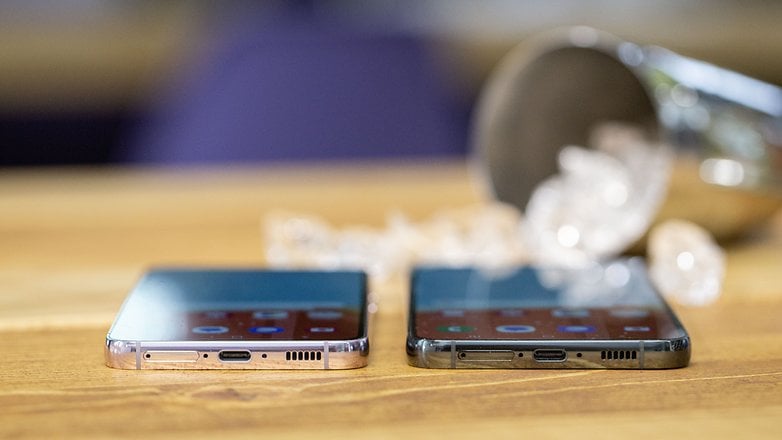
Both newcomers actually last longer than the S22 and S22+. However, we noticed a clear discrepancy between the models in the tests: While the S23 was already rocked down to 20 percent after 13 hours and 44 minutes in the battery test, the S23+ performed noticeably better with 15 hours and 21 minutes.
Unfortunately, Samsung does not really get out of the woods when it comes to Quick-Charging. Just like its predecessor, the S23 is charged at a maximum of 25 watts via cable. The S23+ is still charged at 45 watts, just like last year's model. Wireless charging happens at 15 watts, with reverse wireless charging with 5 watts. Samsung deliberately does not enter the wattage race because it could harm the batteries' life span. Thus, Samsung does not move in this regard. Therefore, better battery runtimes remain the only battery advantage over the S22 devices.
Prices and availability
As what was already written in the introduction, the Samsung Galaxy S23 and the S23+ have retained last year's pricing structure with the Galaxy S23 costing $799 while the 128 GB Galaxy S22 is now available at a cheaper price point in selected online stores.
There is also no difference with the Galaxy S23+ due to the omission of the 128 GB model. The 256 GB model of the S23+ costs $999 a pop, although those who are all right without having the latest and the greatest can settle for the Galaxy S22+ at a slightly more affordable price point in the open market.
The following table shows the prices of the Galaxy S23 series at a glance, and we have included the Ultra model for the sake of completeness:
| Prices (MSRP) | 128 GB | 256 GB | 512 GB | 1,024 GB |
|---|---|---|---|---|
| Samsung Galaxy S23 | $799 | $899 | - | - |
| Samsung Galaxy S23+ | - | $999 | $1,099 | - |
| Samsung Galaxy S23 Ultra | - | $1,199 | $1,299 | $1,499 |
If you are flirting with the Galaxy S23 or S23+, you should decide by February 17 or wait longer for a price drop. This is because those who order before that date will receive an upgrade to the next higher storage version for free. This is especially worthwhile for the Samsung Galaxy S23, which comes with slower UFS 3.1 storage in the 128 GB version.
If you have decided to trade in your old smartphone for an S23 model, Samsung will reimburse you with some cash bonus on top of the smartphone's trade-in value.
Conclusion
The Samsung Galaxy S23 and the S23+ have made a decent leap forward by retaining the price in the US. The cameras have improved a bit in terms of quality, enabling slightly better photos at night and better selfies, and a few new features, such as astrophotography, have been added.
The pendulum also swings a bit in the right direction when it comes to the battery, although this only affects the runtime and not the charging times. In contrast, the display, storage, software, and connectivity have not changed much—however, because there was simply no need for them, apart from the omission of the 128 GB version in the S23.
Currently, there is a difference of about $200 between the new and the old smartphones in the street prices—decide for yourself whether a revised design and the mentioned improvements are worth this surcharge. Yes, the software warranties are valid for the S23 series for one year longer, but even the S22 is still supported until 2026.
Therefore, I will try a diplomatic answer: Yes, both S23 and S23+ are worth the money and are really strong smartphones. However, those who own an S22 or S22+ can still hold on for at least one year. There are more reasons to upgrade from the S22 Ultra to the S23 Ultra. By the way, Antoine thinks that the S23 Ultra is the only Samsung flagship that you should invest in this year. Feel free to read his reasoning if you are not quite sure which device you want to buy in the near future.

